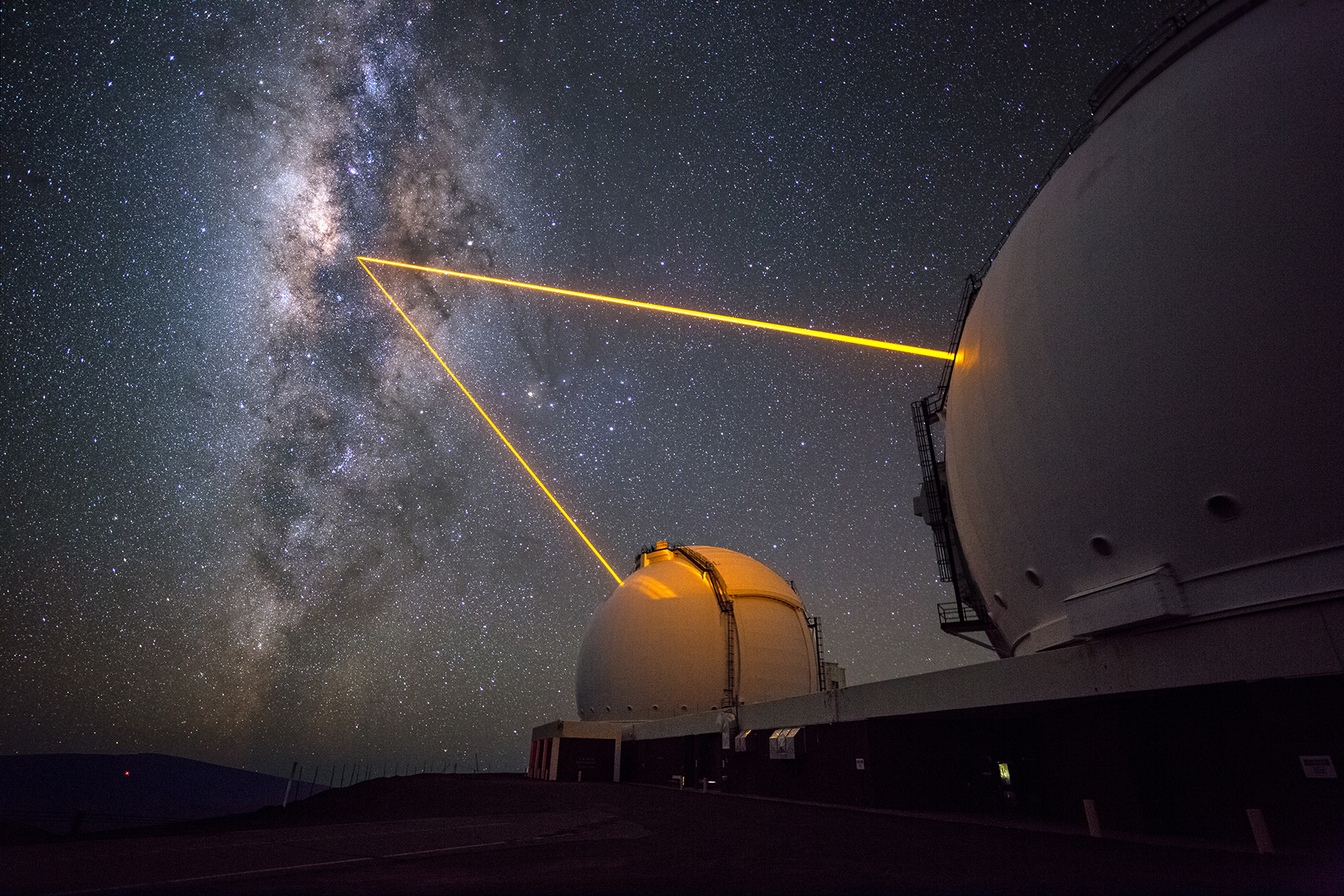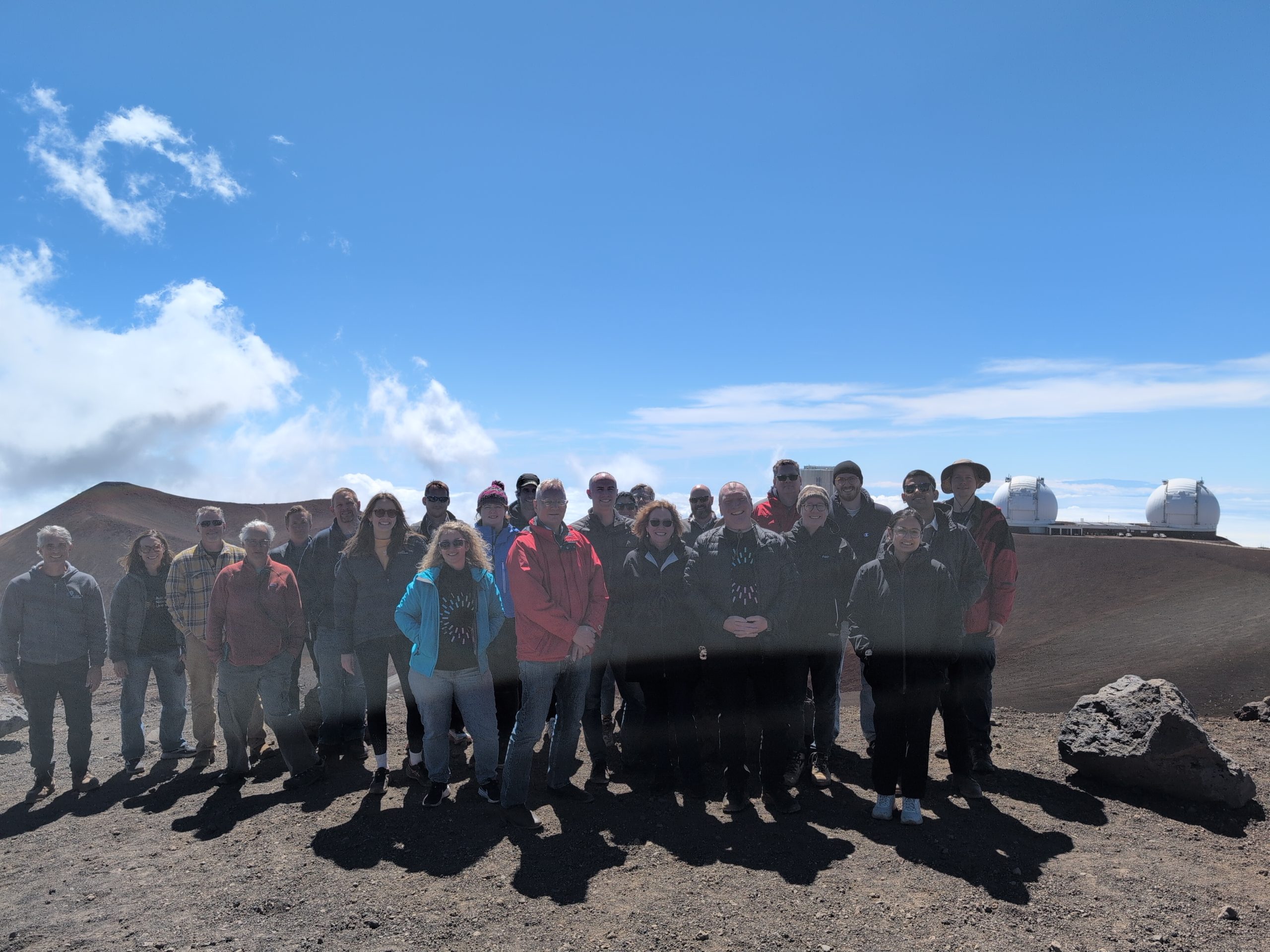Altitude sickness and bumpy roads – designing a robust measurement tool to enable the search for Earth-like planets

When you’re trying to fix something, you want to make sure you’ve got the right tool that’s reliable enough for the job – and that’s exactly what our astronomers and technologists set out to do last month at the W. M. Keck Observatory atop Maunakea in Hawaii.
Measurement is key to astronomy. Rough estimates just won’t cut it when we’re trying to discover Earth-like planets orbiting sun-like stars, test whether Einstein’s theory of relativity holds up, or figure out if the laws of physics have stayed constant over time.
The optical frequency comb for astronomy, or “astrocomb,” is the world’s most accurate ruler, and it could be the tool we need. This ruler helps astronomers as a reference point for all the data arriving from the skies each night after observations – when it works.
But here’s the issue: Current astrocombs are prone to breaking due to their complexity, which leads to incomplete datasets and only snippets of the bigger picture. They’re also expensive, which means many observatories can’t afford them. To make matters worse, they don’t measure into the bluest wavelengths – the critical wavelengths needed to see features of Earth-like planets.
The astrocomb could still hold the answer – but only if we can make it more robust, so it can run 24/7 for decades, measure in the bluer wavelengths, and withstand the bumpy trek up to astronomical observatories.

And to really understand the challenges first-hand, it was crucial for our technologists to experience:
- The bumpy road up to the top of the mountain to the telescopes to ensure the tool they create is robust enough to withstand this trek
- The head fogginess of altitude sickness, operating on just 60% of the oxygen our brains are used to
- The constantly-changing climate at more than 4,000 metres elevation, when cloud passes over or when weather changes quickly
- And the enormous scale and resource limitations of these enormous telescopes at the Keck Observatory, Canada France Hawaii Telescope (CFHT), and International Gemini Observatory.
Ironing out these needs was the purpose of the Astrocombs Theme Workshop held last month, where our researchers from Caltech, Menlo, Keck, and our Australian contingent spanning Swinburne, RMIT, Monash, and ANU came together.
A huge thanks to Keck Observatory for hosting us – learn more about what our Astrocombs Theme is working on below.